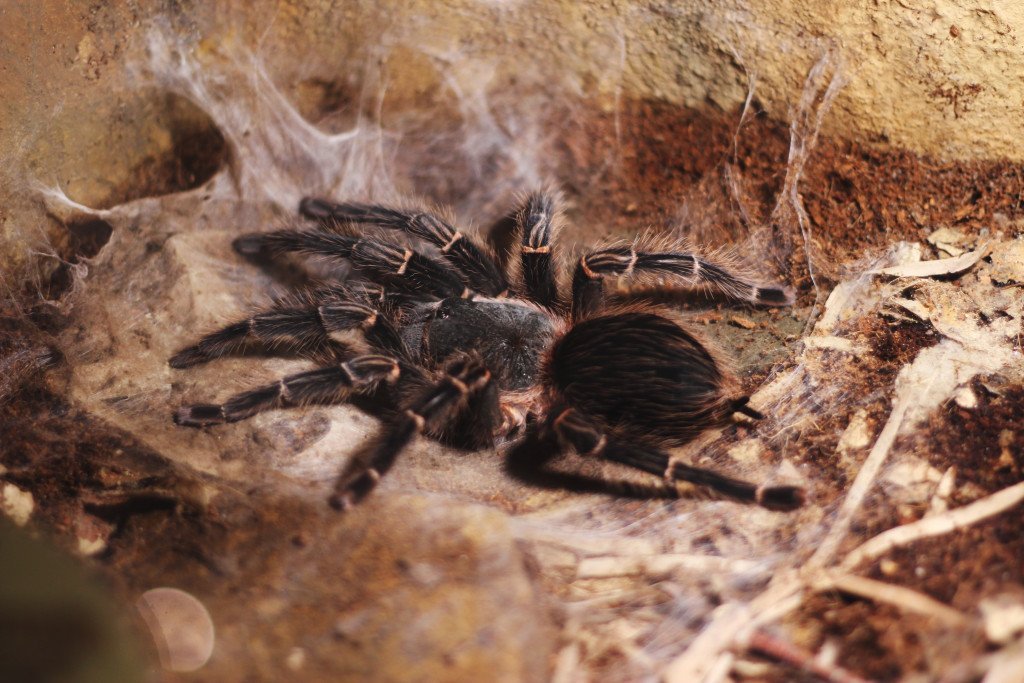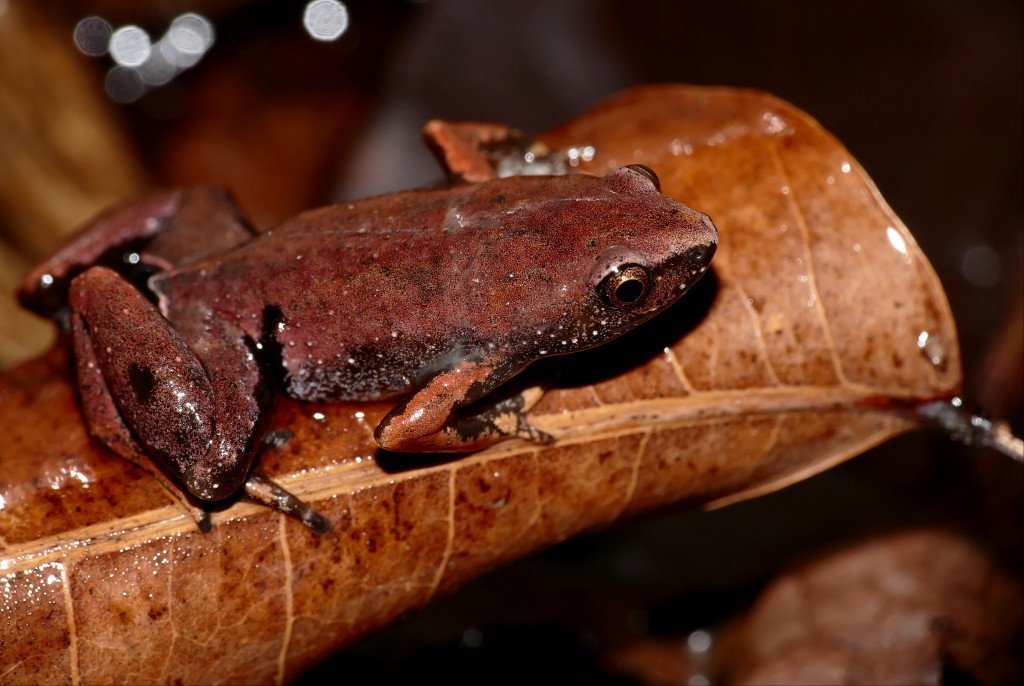Just a regular day at the park when you notice a big spider and a tiny frog hanging out together, even though the spider could have munched on the frog instead. What’s up with that?
Turns out, tarantula spiders and microhylid frogs are friends with benefits! Before your brain races for hundred miles an hour to a stinky gutter, get it back here and read on.
Tarantulas belong to a family of large and often hairy spiders, while microhylids are teeny-meeny frogs which usually measure upto only an inch!
Many a times, the duo lives close by, abiding by a mutual (and probably tacit) agreement that involves a give-and-take living arrangement.
You protect me, I protect you, we both have fun.
What do spiders have to gain from this partnership?

We’ve already said before that tarantulas could easily kill these frogs, except they don’t, and here’s why.
Frogs may have a weird enzyme on their surface that makes them yucky and kind of stinky to these giants. But that’s not all. Imagine being a spider, imagine laying eggs, and now imagine tiny things like ants and other invertebrates trying to grab or kill your eggs. Imagine them also trying to eat your food, which in the spider’s case is the prey it devised a whole diabolical scheme to lure. How frustrating, isn’t it? But microhylids don’t let this happen. They make sure they grab these buggers and eat them right before they lay hands and mouths on the tarantula’s eggs and food. So the presence of these tiny frogs is actually welcomed.
Why do frogs live with these big beasts?

Easy. Because they’re small, and scared, and kind of helpless when it comes to predators. Tarantulas, being as big and scary as they are, act as bodyguards for these microhylids, allowing them to catch a break and take a breather.
What is this relationship called?
A symbiotic relationship is when at least one of the two peeps are benefitting. However, a symbiotic relationship where both the parties benefit (and party) is called Mutualism. The relationship between our guys (and gals) is therefore a mutualistic relationship!
Are you mind-blown? We are!
Did you like reading this? You’ll love: A Bird Thought To Be Extinct For 170 Years Has Been Rediscovered!




0 Comments